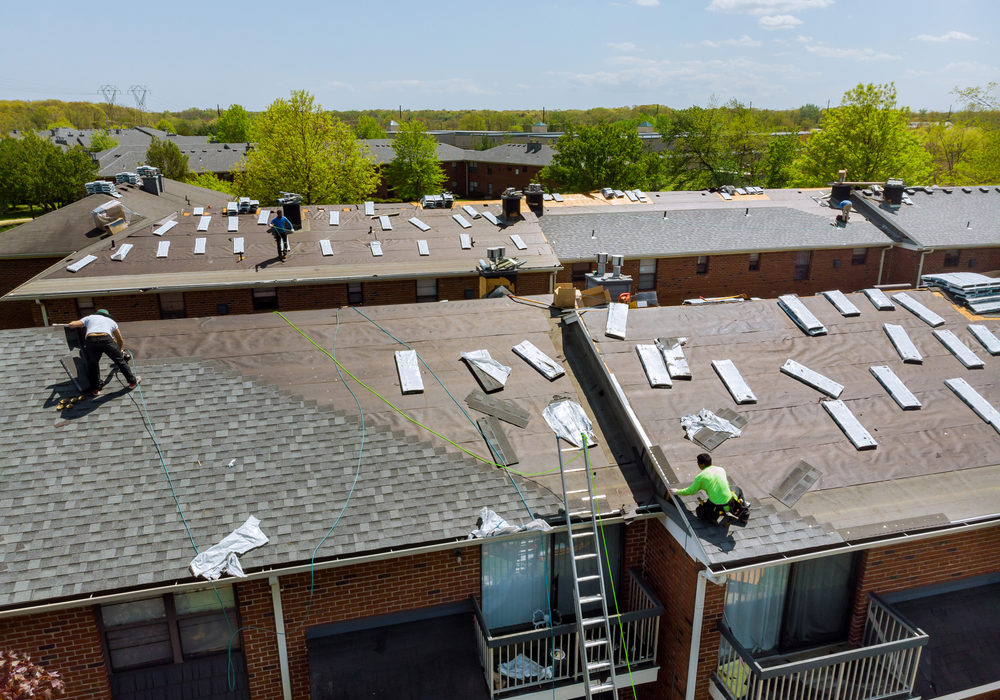The word pitch alludes to the angle and steepness of a roof. Therefore, it is a key factor in determining how suitable a residential building may be for some weather conditions. Do you know what a residential roof pitch means? If not, be sure to learn it before hiring a roof installation company in your area for a residential project. Here, we will discuss what the pitch is and many other details about it.
It Is Unlike Your Roof Slope
The words roof slope and roof pitch are interchangeably used but do not have the same meaning. The pitch utilizes measurements on the basis of the whole roof span; the roof rise to roof span ratio enables calculating it. The word span describes the distance between two sides of a residential building. You can also regard the span as the physical distance between the top plates of the walls that lie at opposite sides of the building.
The term roof slope describes the change in the vertical height of the structure by its run. The word run alludes to the distance between the edge and the middle of the structure.
The Following Pitches Can Support Standard Roofing Shingles
Roofing shingles may be common on nationwide residential buildings but are inappropriate for some of those buildings. The National Roofing Contractors Association recommends using only regular shingles that have a standard pitch falling in the 1/4 to 3/4 range. A roof with a pitch falling outside of that range is usually inappropriate for standard shingles. Installing those shingles could contribute to a leaky roofing system.
Is your roof slant steeper as compared to 3/4? If so, you could install mineral-surfaced roll roofing. For a roof with an even flatter pitch, think about protecting your residential building with PVC membranes. Ask your contractor for flat roof installation to confirm the pitch measurement.
A Low Pitch Roof Simplifies Installation And Maintenance
Working on and installing this form of roof is easier than other roof types. This is among the many reasons why it is gaining popularity among residential customers. Imagine trying to cope with walking, crawling and balancing on a residential roof that vertically rises 9 inches per foot. It is difficult to do so for a roof installation company technician as well. Unlike it, the technician can comfortably stand upon a residential roof that has a pitch of 3/12 and move about the structure.


